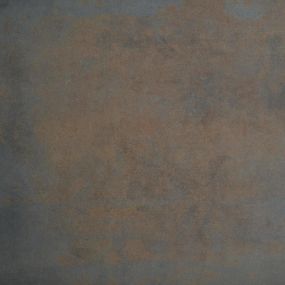
Trustpilot




Trustpilot




Trustpilot




Trustpilot




Trustpilot




Trustpilot




Trustpilot




Trustpilot




Trustpilot




Trustpilot




Trustpilot







